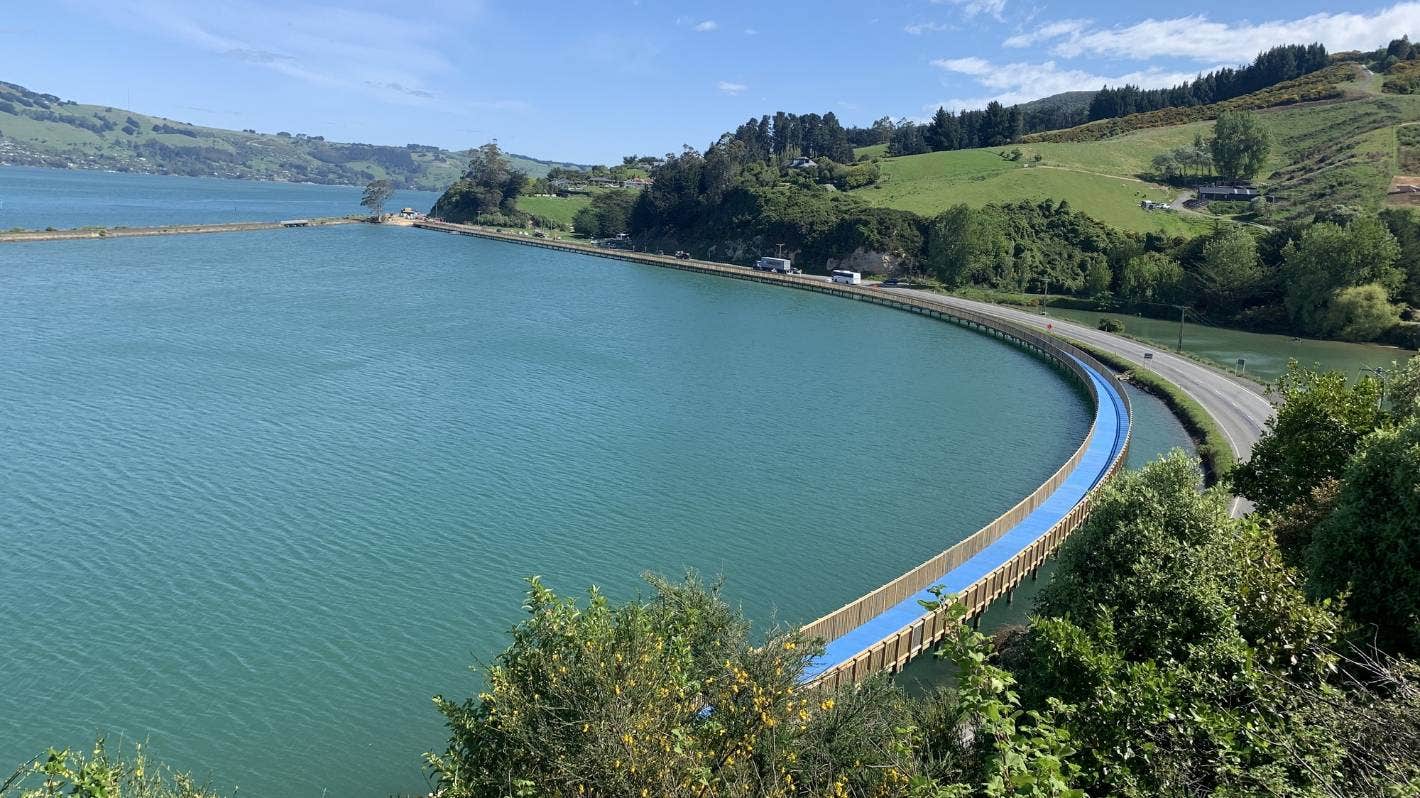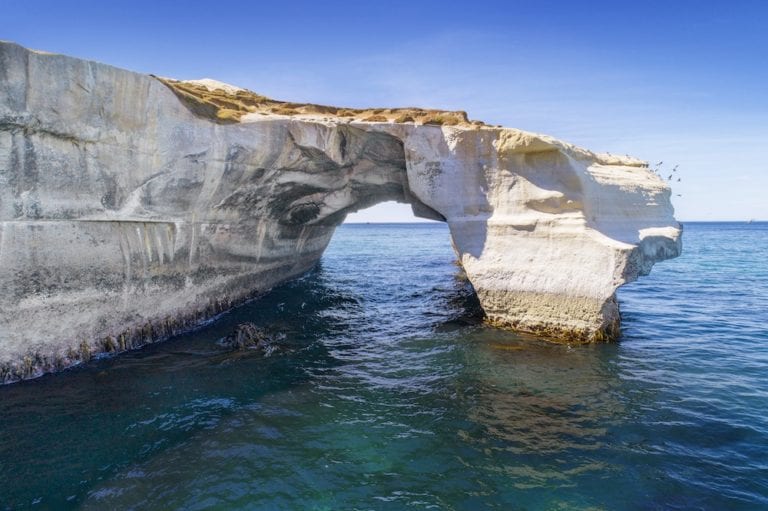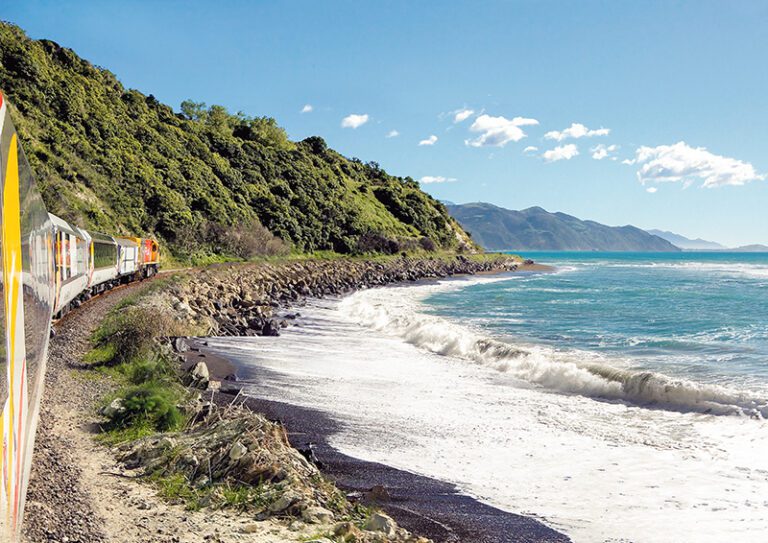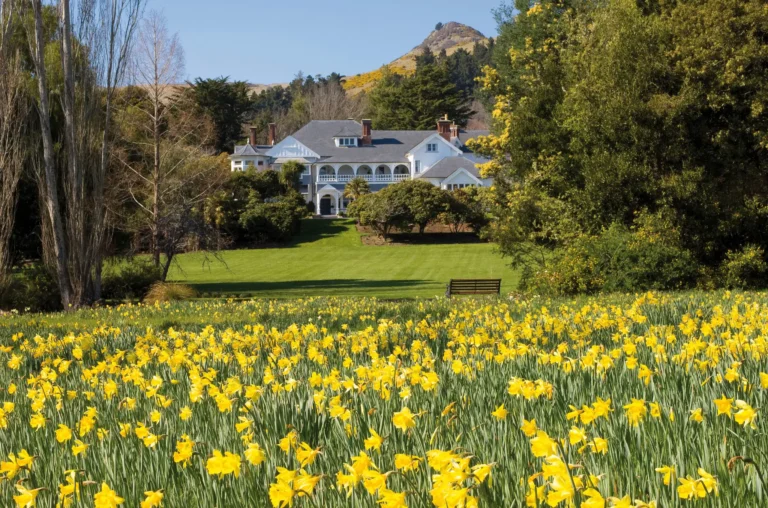The 10km-long SH88 Dunedin to Port Chalmers Shared Path, a remarkable feat of engineering, recently opened to cyclists and pedestrians.
Jason Forbes, a senior project manager at Waka Kotahi, the New Zealand Transport Agency, shed light on the complexity of this pioneering endeavour and its transformative impact on the region.
A Feat of Complexity
In the realm of cycleway construction, there is typically an allocated space to bring projects to life. Yet, the SH88 cycleway defied convention. “It is a very complex project. Typically with cycleways you have somewhere to construct them, that is why we left this section to last,” said Jason Forbes, underlining the intricacies of the undertaking. The path winds from Dunedin to Port Chalmers, tracing the contours of the stunning landscape.
The defining challenge of this project was the scarcity of space for construction.
To overcome this obstacle, a series of innovative measures were employed. “We had to reclaim the harbour, pick up the main trunk railway line and push that over onto the reclamation, and in other areas push it to its extent … just to get the width,” Forbes explained. This resourceful manoeuvre allowed the construction of the path along the former railway track.
Embracing Unique Features
While meeting the spatial challenge head-on, the project also incorporated unique features that set it apart. A 610m-long boardwalk near Blanket Bay was built, offering pedestrians and cyclists the chance to take in views of the historic category one listed seawall. Forbes identified this as a standout element of the path, highlighting the breathtaking vistas it provides.
The cycleway is more than just a route; it’s an artistic and cultural canvas. The Matamata wall, named after a guardian taniwha, features panels created by artist Simon Kaan. These artistic expressions reflect the rich heritage of the region and infuse the path with a sense of place.
The cycleway isn’t just a physical connection; it’s a bridge between cultures and histories. The State Highway 88 trail bears the name Te Ara Moana, translating to The Ocean Path. The eastern Otago Peninsula trail is known as Te Awa Ōtākou, signifying The Ocean River.
Te Ara Moana refers to the direction of the tide as it flows out of the harbour towards the ocean. Te Awa Ōtākou refers to the flow of the tide into the harbour and towards the city.
The complete trail stretching from Port Chalmers to Portobello is aptly named Te Aka Ōtākou, meaning The Otago Vine, symbolic of the winding path of the trail and its association with the harbour.
The SH88 Dunedin to Port Chalmers Shared Path serves as an emblem of human ingenuity in the face of spatial constraints. Through reclamation, repositioning, and imaginative design, New Zealand has birthed a pathway that offers not just a journey, but an experience. This cycleway, infused with artistry and history, is a testament to the country’s commitment to innovation and its desire to connect communities through shared spaces.
The Peninsula Connection shared pathway, through to Portobello on the Te Awa Ōtākou side of the trail, is expected to be completed by mid-2024.







